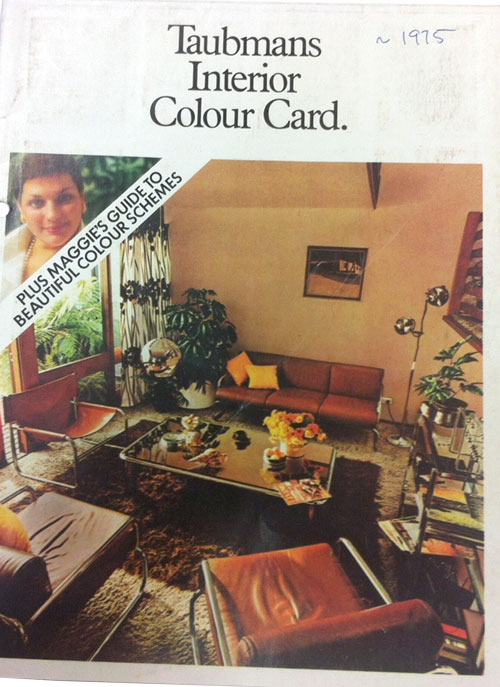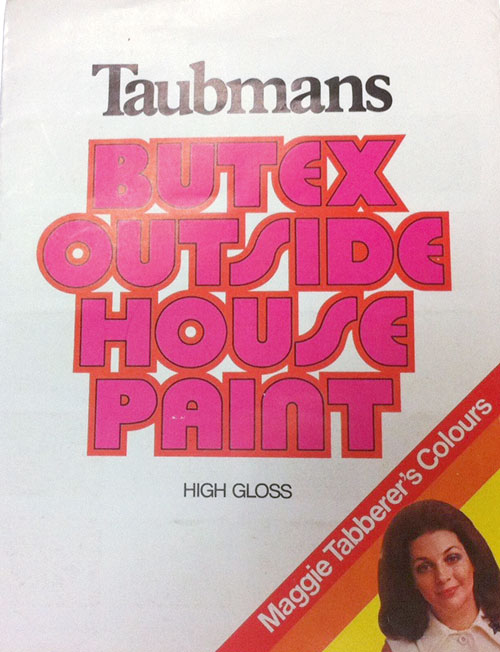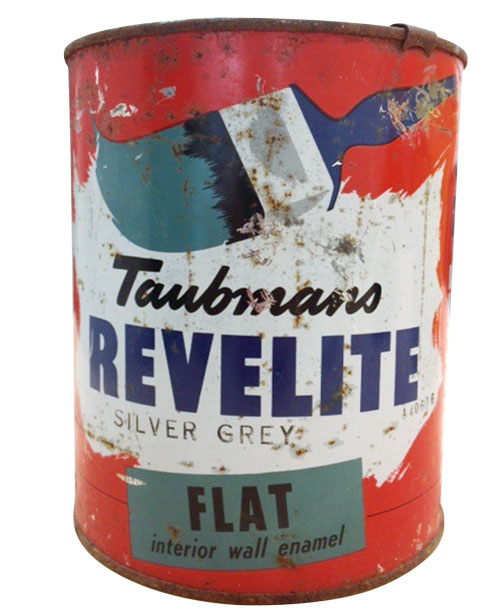The shelves at the local hardware store are regularly updated with tools and devices that promise to make our lives easier. But the home maintenance products that remain most popular are those that were invented more than 50 years ago.
When grass wants cutting the choice is almost always a Victa and when clothes need drying we look for the label that says Hills.
If it’s an eco-friendly carpet sweeper that’s required we ask where the Sabco products are kept, and when the walls need a revamp we consult the colour chart on the Taubmans website.
We choose these products because they’ve become iconic names we feel we can trust. But even a brand with the most nationalistic history wouldn’t be able to survive without keeping up with the times.
The Handyman team studied the evolution of these four famous brands and asked the experts to reveal the changes that kept them relevant from the 20th to the 21st century.
Hills Hoist
The iconic Hills Hoist revolutionised wash day for Australian households.
THEN Invented by Lance Hill in 1945, the Hills Hoist rotary clothesline was a must-have in Aussie backyards in the 50s and 60s.
The first major design changes came 20 years later when consumers demanded a more modern product with greater versatility, according to Stephen Ellerman of Hills Industries.
‘Powdercoated surface treatments in a choice of greens were created, folding arms were introduced and a ground socket was developed allowing the hoist to be removed,’ he says.
NOW Houses are bigger but yards are shrinking. Hills was one of the first companies to develop options such as folding frames and retractable lines.
‘New outdoor drying options take advantage of smaller courtyard spaces. We’ve also launched a complete range of natural indoor drying solutions, including clothes racks and portable clotheslines,’ says Stephen.
Hills has also managed to survive by catching on to our desire to keep things green. ‘Close attention is given to environmental sustainability, with reductions in packaging content and the use of recyclable and unbleached materials,’ says Stephen.
![]()
The iconic Hills Hoist revolutionised wash day for Australian households
![]()
A vintage Hills Hoist Mother’s Day advertisement
![]()
The Hills Hoist went from a new-fangled invention to a backyard staple
Taubmans
Aussie homes have been painted with Taubmans products for over 110 years.
THEN In the late 1890s Sydney signwriter George Henry Taubman grew tired of the poor range of paint available and began manufacturing his own products. By the 1920s Taubmans was being sold across Australia and New Zealand.
Its flagship product at the time was an interior enamel called Revelite, which ensured the brand’s position at the top of the market.
‘Revelite was easy to use and its high degree of gloss and durability, and wide range of colours, took paint into the interior decoration domain, effectively providing a new market,’ says Taubmans’ Nadine Miller-Vachon.
NOW The latest Taubmans paint range is called Endure and it uses Nanoguard technology.
Says Nadine, ‘With its unique interlocking molecular structure, it creates a protective shield so everyday dirt and stains can be wiped away without compromising the quality of the paint. It also provides excellent mould and mildew protection for cleaner, healthier home environments.’
The secret behind Taubmans’ success is that they continually dedicate resources to creating paint that is easy to clean and hardwearing.
According to Nadine, the wrong paint can start looking tired very quickly. ‘In busy homes, walls truly get a beating which means we have to wipe stains off them all the time.’

A Taubmans interior colour card from 1975

A vintage Taubman’s paint label

An old can of Taubman’s Revelite. Ever buy one of these?
Victa
The time was right for a labour-saving device for suburban lawns.
THEN Car salesman Mervyn Victor Richardson built the first Victa lawnmower in 1952 out of his garage in Concord, NSW. It was essentially a flat bed with cutting blades that used a peach tin as a fuel tank. There were no safety features to speak of.
‘Although very effective for cutting grass, early models were notorious for being toe cutters,’ says Joe Camilleri of Briggs & Stratton, the company that now owns the Victa brand.
Early mowers also had 150mm wheels and used points ignition systems that weren’t always reliable.
These drawbacks didn’t stop people jumping at the chance to buy a product that would make cutting the grass on their quarter-acre properties easier.
NOW Over the years, the main upgrades made to Victa mowers have been to the wheels, ignition systems, handles and engine.
‘Two hundred millimetre wheels are now standard on top end Victa mowers and they also contain ball bearings, making them far easier to push and manoeuvre,’ says Joe.
Ergonomic handles moulded from plastic have replaced thin metal ones, giving the operator more control.
Ignition systems now issue a stronger spark for easier starting and some models even feature key-start ignition. ‘They utilise a battery and switch for an easy start,’ says Joe.
When it comes to engines, consumers have a choice between electric, battery-powered and petrol options so that every type of yard is catered for.
![]()
The original toe cutter
![]()
The 1955 Rotomo mower
Sabco
Generations of Aussies have relied on Sabco for help with housework.
THEN Founded by the Hay family in 1892, Sabco has been producing mops, brooms and other cleaning supplies for 120 years.
The 1956 Carpet Sweeper was marketed as a natural and easy way to get the floor clean and has been a favourite in Australian households ever since.
NOW ‘There are people today using the product they bought decades ago,’ says Luisa Ulehla of Sabco.
![]()
The basic design of the Sabco carpet sweeper has withstood the test of time
This article originally appeared in the Feb 2013 issue of Australian Handyman magazine

